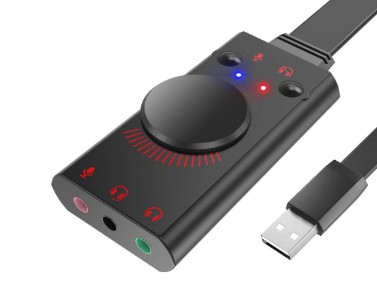
Look for good quality pre amps in your sound card.īalanced connections combined with balanced cables have an extra wire in them that makes the signal less susceptive to interference. Pre amplifiers determine the sound quality of your recording together with the quality of your microphone. The lower the sample rate, the quicker the sound will reach your ear, but the more system resources it will eat of your computer. In your DAW you can set your sample rate. The lower the latency, the more your computer has to “work” to process the signal, so you need a more powerful computer. The lower the latency, the more convenient it is for producing music.įor a singer it’s very important to hear directly what he or she is singing. When you record the roundtrip of a sound signal needs to “travel” from the sound card, through the computer with your DAW and all your plugins and back to the sound card for output. Latency is the time it takes (delay) to reach your ears.

A condenser microphone needs 48V phantom power.Ī headphone jack with volume control is very handy. The capability to connect a condenser microphone (XLR connection). The studio monitor speaker connections (Jack connection) You want to have the lowest latency possible for your sound card. The reason why you want to choose Thunderbolt 2 and USB 3 over their predecessors is because of lower latencies.

Important to know is that your computer, sound card and cable must support a certain technology (USB 2, USB 3, Thunderbolt 2), preferably with a USB-C plug.īecause, like it or not, USB-C is the future. USB 3 is one of the most common standards for USB-C.Įven USB 2 can be supported with a USB-C connection (although USB-A or USB-B is more common).īut also Thunderbolt 2 can be passed through that same USB-C cable. Multiple standards can be transferred through one cable, or just one standard.īut the cable could look exactly the same in both cases. That connection says nothing about the technique that the device or the cable supports. Modern sound cards nowadays have a USB-C connection. The engineers that designed these standards weren’t thinking about the user who has to make sense of it all. This get’s confusing, I know, I can’t help it. If you record in a higher frequency and bits, you have the luxury to downscale if you want to reduce quality and storage space.īut the other way around, you can never upscale to improve quality. What you need to know is, a regular old-school audio CD “only" stores 16 bits samples at 44.1 kHz.Īt the moment 192 kHz is the best sample rate on sound cards we can get. I don’t want go into much detail here because it get’s complicated very fast. The higher the bits and Hz, the more precise the digital information is, but the more hard disk space it eats and the more processing power it needs by your computer. How many 24 bit samples are recorded in one second? The amount of Hz refers to the number of times information is stored. The more bits, the higher the resolution (the amount of information you store), the more analog sound information is stored. The more information you store, the closer it comes to the original sound, the more quality you have. How much of that analog signal is stored in digital information? When you record a singer or a band, you convert an analog signal to a digital signal. The difference between 24 bit at 96 kHz and 16 bit at 44.1 kHzīoth refer to the resolution of the sound signal, the higher resolution, the more quality.

Most sound cards nowadays don’t have that connection anymore. Nowadays, all new MIDI keyboards are connected via USB, so you don’t need to worry about that MIDI connection.īut if you have an old MIDI keyboard, you need a sound card that has such a MIDI connection. In the good old days, MIDI keyboards were connected via a MIDI connection, hence the name.īack in those days, only sound cards provided that MIDI connection. I put the results in 1 handy comparison table, combined with my definitive buying guide for sound cards, this is the ultimate resource for the beginner producer.

Written by: Dexxter Clark I did multiple polls on my community tab on YouTube to determine the best sound card 2022 and topped that of with an extensive poll by 15,024 producers on my email list.


 0 kommentar(er)
0 kommentar(er)
